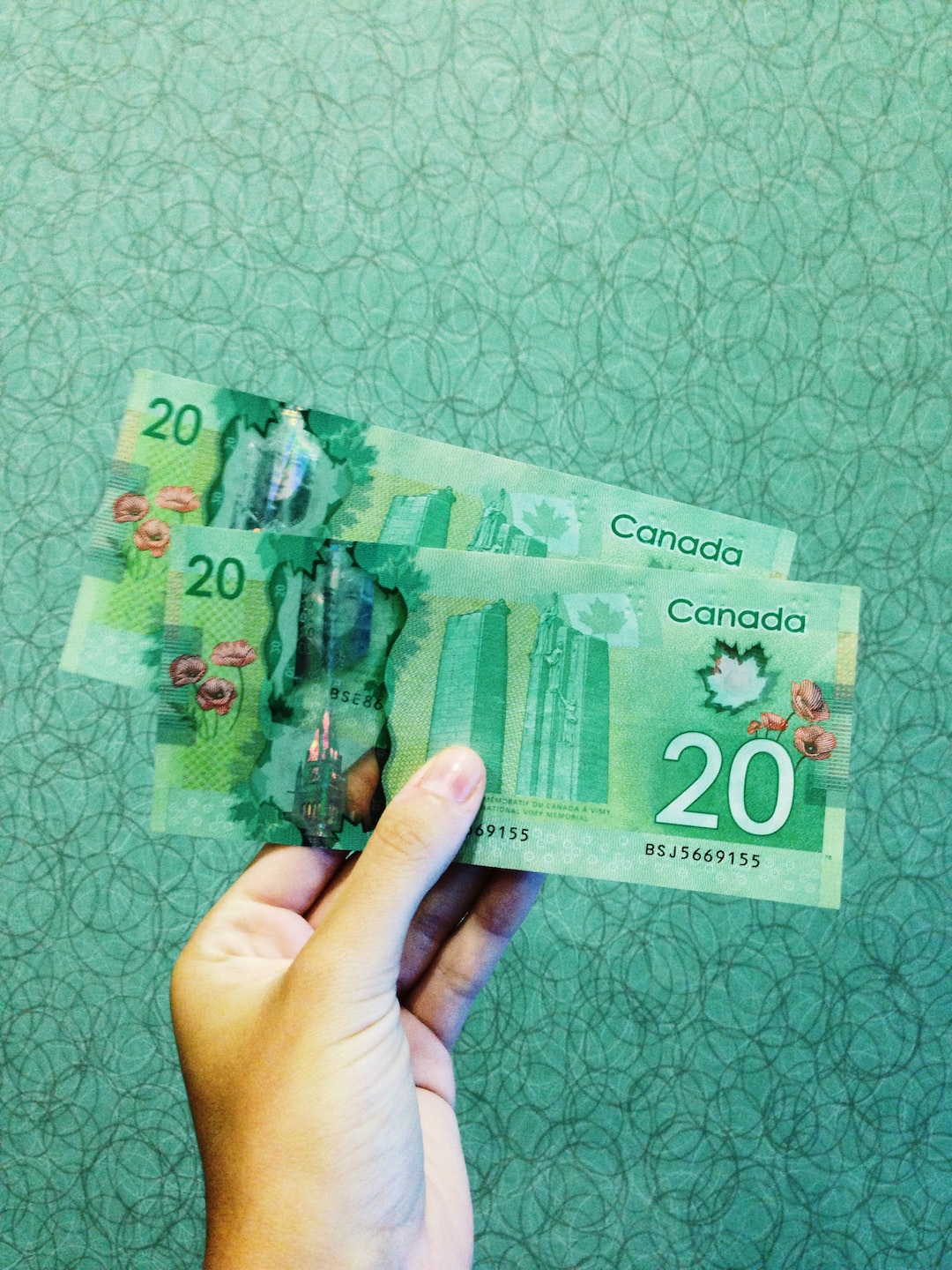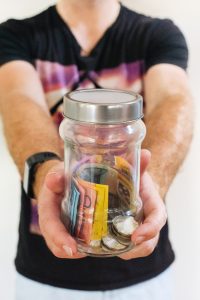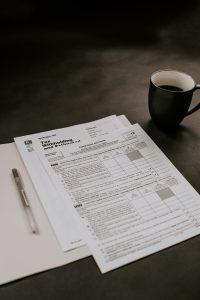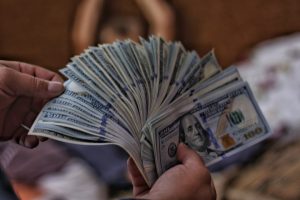Forex, which stands for foreign exchange, refers to the global decentralized market where currencies are traded. Forex trading involves the buying and selling of currencies with the aim of making a profit. The forex market is the largest financial market in the world, with a daily turnover of over $5 trillion. The forex market operates 24 hours a day, five days a week, and is accessible to anyone with an internet connection.
Forex trading can be highly rewarding, but it is also associated with significant risks. One of the main risks associated with forex trading is the high level of leverage used in the market. Leverage allows traders to control large positions with a relatively small amount of capital. However, leverage also magnifies losses, which can wipe out a trader’s account if not managed properly.
To mitigate this risk, it is recommended that traders limit their risk exposure to no more than 1% of their trading capital on any given trade. This means that if a trader has a $10,000 account, they should not risk more than $100 on any single trade. The 1% rule is a widely accepted risk management strategy in the forex market and is based on the principle of preserving capital.
Preserving capital is essential for long-term success in forex trading. It allows traders to stay in the game even after experiencing losses. If a trader risks too much on a single trade and loses, they may not have enough capital left to continue trading. This can lead to emotional trading decisions and increased risk-taking, which can further exacerbate losses.
Adhering to the 1% rule also allows traders to take advantage of the power of compounding. Compounding refers to the process of reinvesting profits to generate even greater profits over time. If a trader consistently makes a 1% profit on their trades, their account will grow exponentially over time. This can lead to significant gains in the long run.
Another benefit of the 1% rule is that it allows traders to diversify their portfolio. Diversification is the process of spreading risk across multiple assets to reduce the impact of any single asset’s volatility. By limiting their risk exposure to 1% per trade, traders can make multiple trades across different currency pairs, thus diversifying their portfolio and reducing their overall risk.
In conclusion, forex trading can be highly rewarding but is also associated with significant risks. To mitigate these risks, it is recommended that traders limit their risk exposure to no more than 1% of their trading capital on any given trade. The 1% rule is a widely accepted risk management strategy in the forex market and is based on the principle of preserving capital. By adhering to the 1% rule, traders can stay in the game even after experiencing losses, take advantage of the power of compounding, and diversify their portfolio to reduce overall risk.





